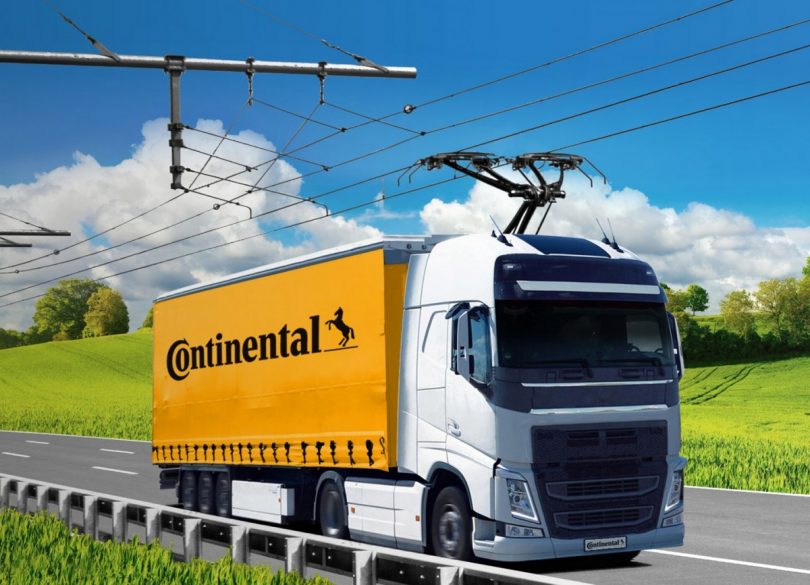Technology company Continental has revealed that the brand is entering into a collaboration with Siemens Mobility. Under the partnership, Continental Engineering Services (CES) and Siemens Mobility will develop and produce current collectors for trucks. These current collectors are also knowns as Pantographs which are a common sight on electric-power railways.
Overhead Electric Lines
The technology company aims to electrify the highway network using an overhead electric line system similar to trains. This will help reduce a significant amount of tailpipe emissions and CO2 emissions from trucks. While Continental is an expert in developing sophisticated automotive technologies, Siemens Mobility is a specialist in rail electrification.
eHighway Technologies
Continental and Siemens will club their knowledge in their respective fields to achieve volume production of current collectors available for widespread use in Europe. Special trucks will traverse the electric highway, known as eHighway trucks, developed by Siemens Mobility and are already ready for use today. eHighway technology supplies trucks with electric drives, powered by overhead cable, especially on heavily frequented stretches of highway.
Using the Overhead electric line, trucks can drive completely electrically while also charging their batteries without consuming fuel. CES Managing Director Dr Christoph Falk-Gierlinger also revealed that the current collectors will be developed and produced in accordance with automotive standards.
Climate-Neutral Freight Transport
Also, the collaboration between Continental Engineering Services and Siemens Mobility will lead to climate-neutral freight transport. CEO of Siemens Mobility also revealed that the transport sector causes one-third of the CO2 emissions in Germany. In Germany, the Federal Ministry of Transport plans to add 4,000 kilometres with the overhead electric line by 2030.
This will be only a small chunk 13,000-kilometre-long network. But the around two-thirds of fuel consumption by long-distance truck traffic on German highways takes place on this 4,000-kilometre part. Electrifying the route will help reduce 10 to 12 million tons annually just from the 4,000 km road network.
eHighway Testing in Germany
In Germany, eHighway is under test on A5 interstate highway in Hesse between Zeppelinheim/Cargo City Süd at Frankfurt Airport and Darmstadt/Weiterstadt. Also on the A1 in Schleswig-Holstein between the Reinfeld junction and the Lübeck intersection and B462 federal highway in Baden Württemberg between Kuppenheim and Gaggenau.
Also Read: Porsche reveals future of synthetic fuel / eFuel compared to EVs



